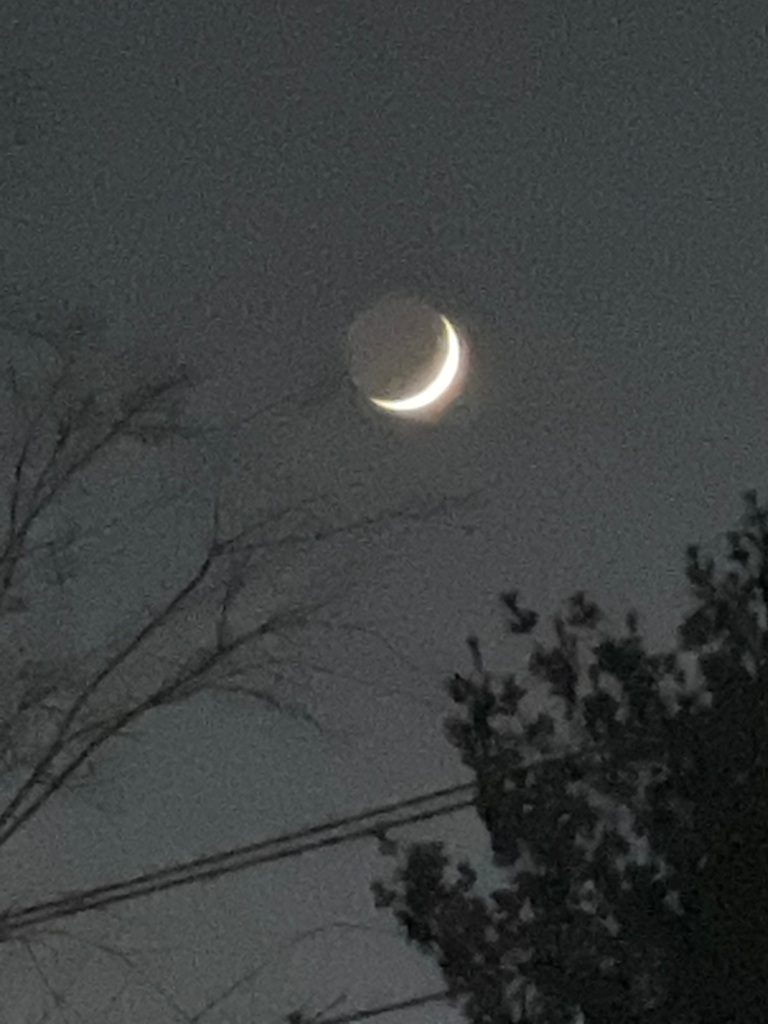
The history of the universe is tough to wrap our heads around, much less to place in the context of our own lives!
When studying astronomy, we are presented with so many large numbers — that the distance between earth and sun is 150,000,000 km, the universe is 14 billion years old, and the Milky Way is 100,000 light-years wide. It becomes easy to lose ourselves in the magnitude of the universe, and it becomes necessary that we find tools to help contextualize these numbers.
One such tool is the Cosmic Calendar, adapted from a version put forth by astronomer Carl Sagan (yes, the same Carl Sagan who so famously said that “we are star stuff“!). The Cosmic Calendar compresses the entire 14 billion year history of the universe into 365 days, beginning with the Big Bang and ending with you reading this right now! Throughout the year are marks made to indicate important events such as the formation of the Milky Way (February) and the rise of the dinosaurs (December 26).
Although it seems that our earth has been around forever, the calendar shows us that it was a relatively recent development — the earth formed in September, during the last third of the year. By the end of the month, life was flourishing on earth. Still, animals recognizable to us didn’t become prominent until mid-December, and early hominids didn’t stand upright until the final 3 hours of the year!
The entirety of human civilization– from the Mesopotamians to Renaissance thinkers to us today– falls within the last 30 seconds. Our lifetimes are merely the blink of an eye, becoming smaller and smaller in the timeline of the universe with every passing second.
When confronting this reality, it is easy to become apathetic and nihilistic; after all, if everything we do is basically nothing in the grand scheme of things, why care at all?
But this sentiment can also be freeing. After all, if everything we do is nothing, why care so much? Why place large amounts of stress and pressure on ourselves for matters that are nothing to the universe? The impetus is on us to pack our blink’s worth of a life with as much meaning as possible since our mistakes and struggles really don’t matter.
The cosmic calendar is just that: a calendar. But, more importantly, it is a way for us reframe our way of thinking about life and an opportunity to explore our very, very, very distant past.









